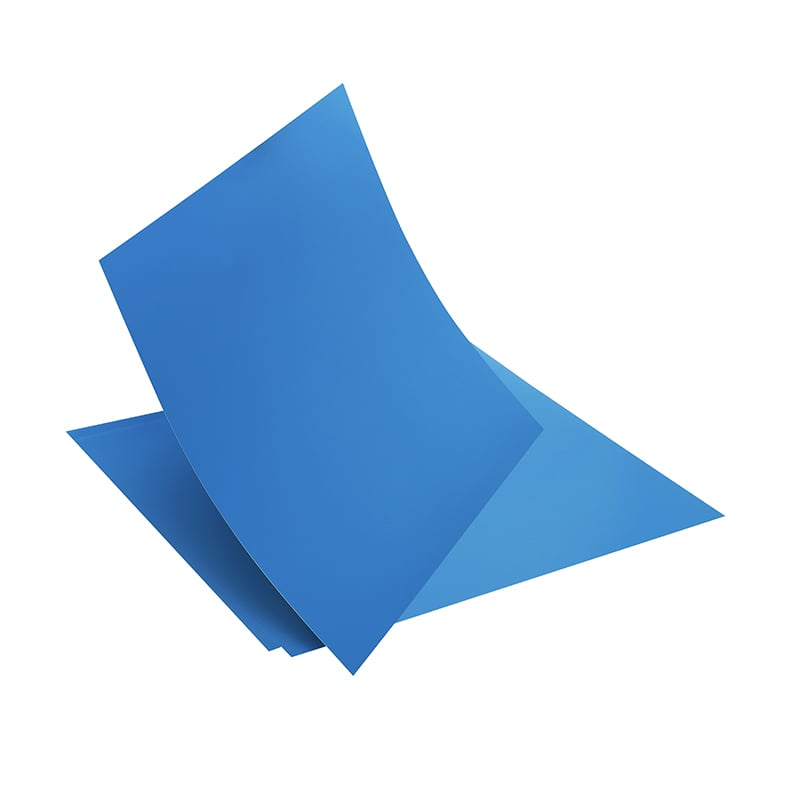Comparison of infrared semiconductor lasers and blue-violet semiconductor lasers used on CTP platesetters
1. Infrared semiconductor laser used in thermal CTP
The 830 nm infrared semiconductor laser used in thermal CTP has developed from an early power of 1 W to a 40W solid-state laser, and now it is back to a 1 W (or 2W) semiconductor laser. This is because the life of the 40W solid-state laser is too short. Production is not guaranteed. In order to meet the requirements of plate-making speed, 20-30 lasers are generally used to form a laser bar. Beam splitting and imaging exposure control using light valve technology. Because exposure is controlled by light valves, each laser cannot be switched on and off independently. At the same time, the power of the infrared laser is high, and it needs to be warmed up to enter a stable working state after it is turned on.
So as long as it is in the production state, it must be turned on, so the actual service life of the infrared laser is relatively short.
In addition, the laser light valve is used for laser beam splitting and exposure control. The light valve is also easily damaged under the thermal effect of the infrared laser. And the price is high. All of these have greatly increased the application cost of thermal CTP.
2. Blue-violet semiconductor laser used in UV-CTP
UV-CTP, such as Lawson's Xpose! plate-making equipment uses 64 channels of 405 nml 80 milliwatt blue-violet lasers to transmit the laser beam to the plate through optical fibers. Due to the loss of laser transmission through the optical fiber is very small. Therefore, the power of the laser beam reaching the layout can reach 120 milliwatts, which can already be used for plate making on the traditional PS plate. Due to the use of laser semiconductor lasers in this equipment, if there is a problem in any group during use, the equipment can still work and will not cause production stoppage: the laser can be replaced by a single beam, and the maintenance cost is low; the laser has a long life. Up to tens of thousands of hours (working hours). Although it takes a long time for this equipment to make plates on the existing ordinary PS plates, it takes 5 minutes to expose a common PS plate of 1030mm×800mm, but it can be made within 2.5 minutes for high-sensitivity PS plates Version. This is already equivalent to the plate-making speed of Agfa's photopolymerization CTP version N91 V.
In conclusion
1. The advantages of UV-CTP plate making machine increase with the increase in laser power
The 420mW blue-violet laser of Nichia Chemical Industry will be mass-produced this year, and perhaps next year UV-CTP plate-making equipment will be equipped with such a high-power laser. In this way, we may see two results. One is that the ordinary PS plate can be finished in about two minutes. The second is that the original equipment using 64 lasers can only use 32 or fewer lasers to meet plate-making needs. The second result can make the price of plate-making equipment drop significantly. At present, the main disadvantage of UV-CTP compared with other CTPs is that the price of the plate-making machine is 20-30% more expensive. Now that the blue-violet laser is developing rapidly, the price is falling rapidly, and the power is rapidly increasing. The UV-CTP plate-making machine will soon be more expensive than other lasers. CTP plate-making machine is cheap, if coupled with the fact that this kind of plate-making machine has low maintenance cost during use, and the laser has a long service life and basically does not need to be replaced, UV-CTP plate-making machine will eventually have the same incomparable thermal CTP plate making machine as purple laser CTP plate making machine Advantage.
2. The great advantage of UV-CTP using plates
The biggest advantage of the high-sensitivity PS plate as a CTP plate is the price. At present, the price of the high-sensitivity PS version will be slightly higher than that of the standard PS plate. There are two reasons:
A. The price of high-sensitivity photosensitive glue is slightly more expensive than ordinary photosensitive glue.
But with the expansion of the market. With increased production, this gap will soon be eliminated. Our company is now producing high-sensitivity photosensitive glue. It has been used very successfully by many manufacturers. Such as Longma, Kodak Star, Henan Tianlong, Wenzhou Huacai, and Shanghai Font Factory, with the increase in the usage of these manufacturers. With the increase of manufacturers, in the near future, the price of our high-sensitivity photosensitive adhesive will be the same as that of ordinary photosensitive adhesive.
B. High-sensitivity PS plates have higher requirements for plate bases than ordinary PS plates.
in the near future. The price of the high-sensitivity PS version will be synchronized with the normal PS version. In this way, its price advantage as a CTP plate is unmatched by other CTP plates. and. The plate-making potion required to use this plate is cheap or even free, while the cost of the general heat-sensitive plate; the cost of the Chinese version of the potion is 5-10 times that of the high-sensitivity PS plate.
In summary, the application of high-power blue-violet semiconductor laser technology and traditional PS plates in CTP systems has a very bright prospect.
Huida Print-All Technology company is an advanced and professional manufacturer of producing printing plates, mainly sales CTP, CTCP, and PS plates as well as offering ODM/OEMs, especially for the offset. For more information, please click the official website link here: https://www.huidaoffsetplate.com/.

